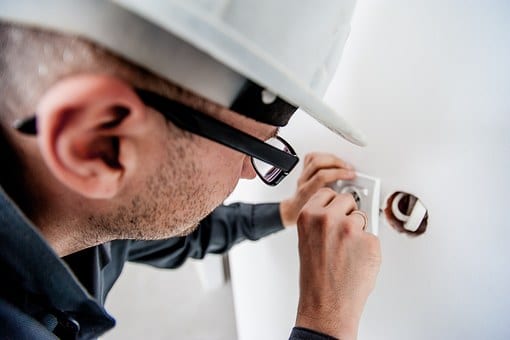A Harrogate hotelier has been prosecuted for putting lives at risk when she failed to remedy a number of electrical defects in two of her hotels. Yoko Banks was fined over £30,000 after pleading guilty to two health and safety offences. The prosecution was brought by Harrogate Borough Council after Mrs Banks failed to address 50 category C2 electrical faults identified by an independent electrical contractor.
Furthermore, other electrical faults had been subject to faulty remedial work, leaving them in a potentially dangerous condition. Read on for more information and for tips on how to act on an electrical inspection report.
£30k Penalty for Failing to Remedy Electrical Defects: Ensure You Act on Inspection Reports
All electrical systems deteriorate as a result of a number of factors, including loading, overheating, corrosion, wear and tear and poor maintenance. Under the provisions of the Electricity at Work Regulations 1989, the electrical system must be maintained so as to prevent, so far as is reasonably practicable, danger. A ‘system’ means the wiring of an electrical installation and everything connected to it.
In law, the employer, or duty holder, is responsible for implementing maintenance programmes and the testing and monitoring of electrical systems and equipment. A periodic inspection and testing procedure should identify any damage, deterioration, defects and conditions within the installation that give rise, or potentially give rise, to danger. The procedures should also identify any deficiencies for which remedial action would contribute to a significant improvement in the safety of the installation. Anyone carrying out the inspection and testing of your electrical installation must be competent to do so.
Understanding an Electrical Inspection Report
- Each observation made by the contractor, which relates to a concern over the safety of the installation, should be attributed an appropriate Classification Code: C1, C2 and C3.
- Each code has a particular meaning:
- C1 means ‘danger present’. The persons using the installation are at immediate risk. This means you must take action, without delay, to remedy the identified deficiency or take other appropriate action, e.g. switching off and isolating the affected parts of the installation to remove the danger. You must not wait for the full report if the whole, or part, of the installation has been assigned C1.
- C2 means ‘potentially dangerous’. This code is used to indicate that whilst a deficiency is not considered to be dangerous at the time of the inspection, it would become a real and immediate danger if a fault, or other foreseeable event, was to occur. Whilst you may not be at immediate risk, remedial action should be taken as a matter of urgency.
- C3 means that whilst the identified deficiency is not considered to be a source of immediate danger, an improvement would contribute to a significant enhancement of the safety of the electrical installation.
If, on receipt of an electrical inspection report, you do not take corrective action, you could be successfully prosecuted and sued. Don’t compromise on electrical safety.

